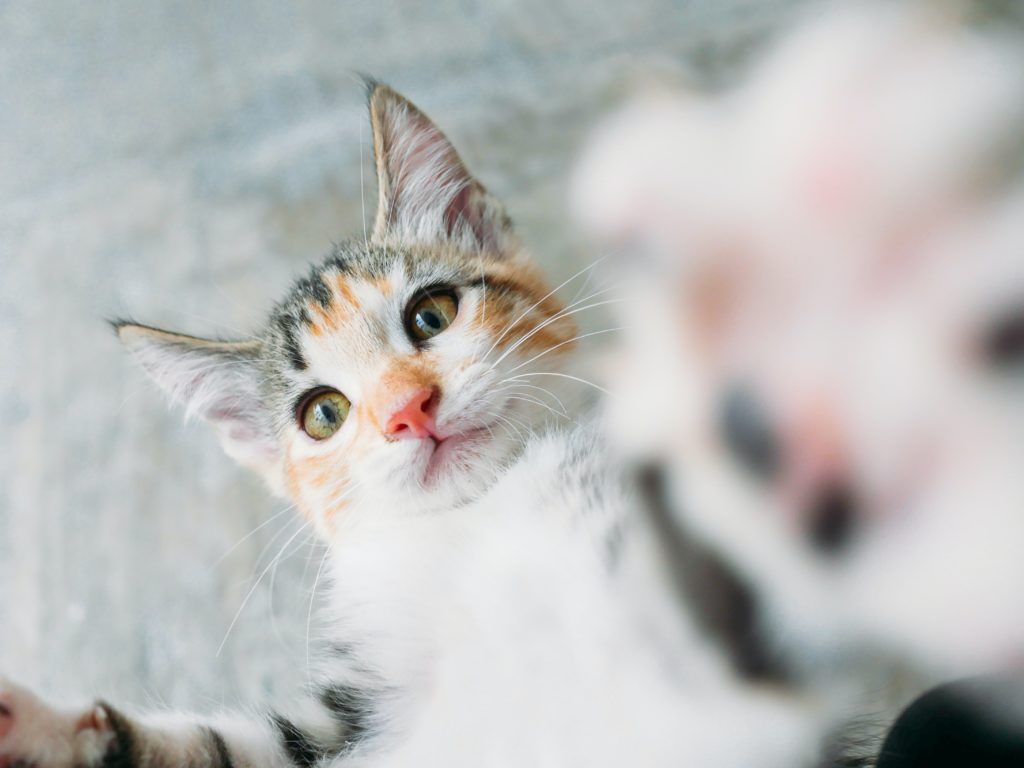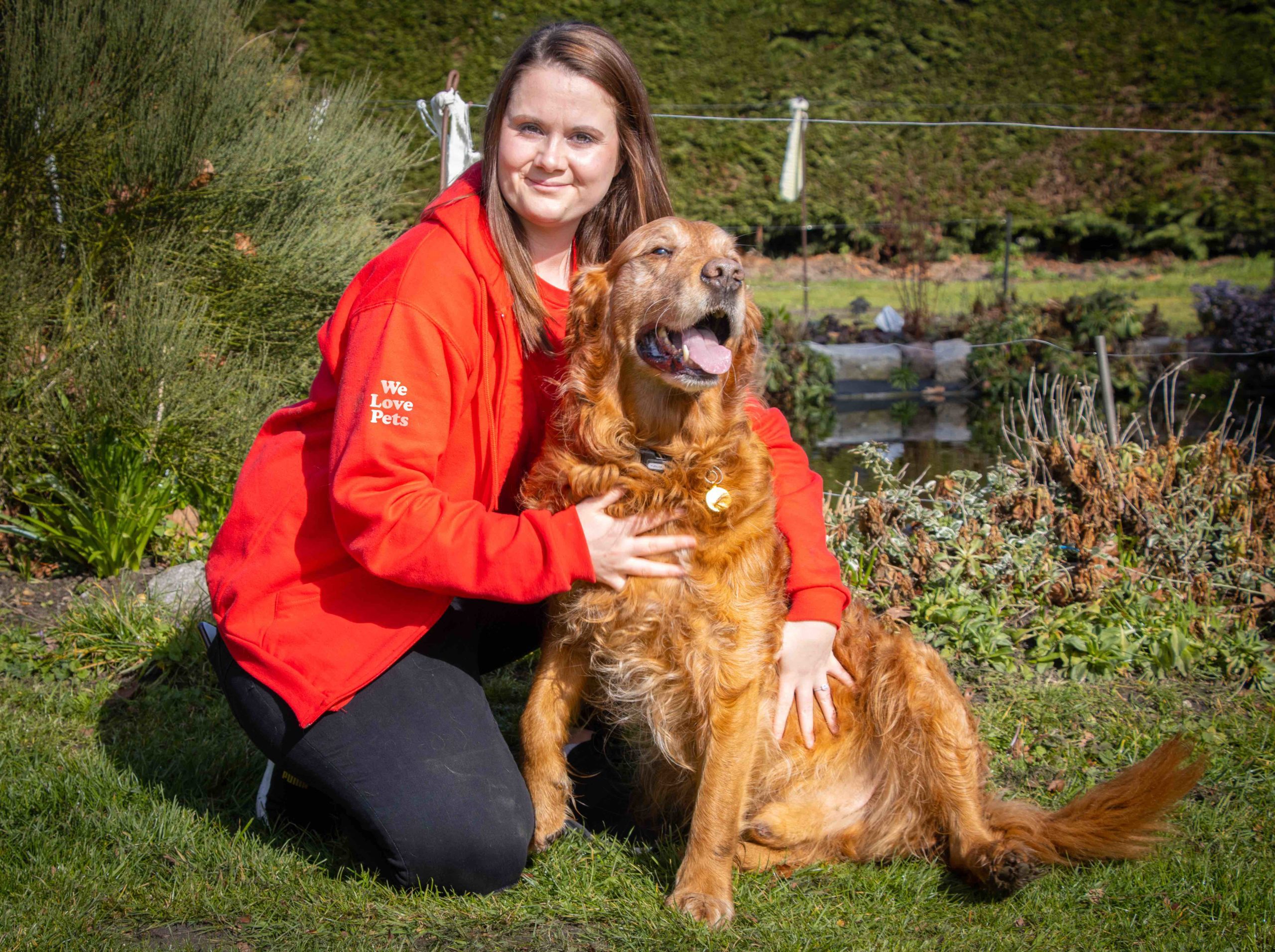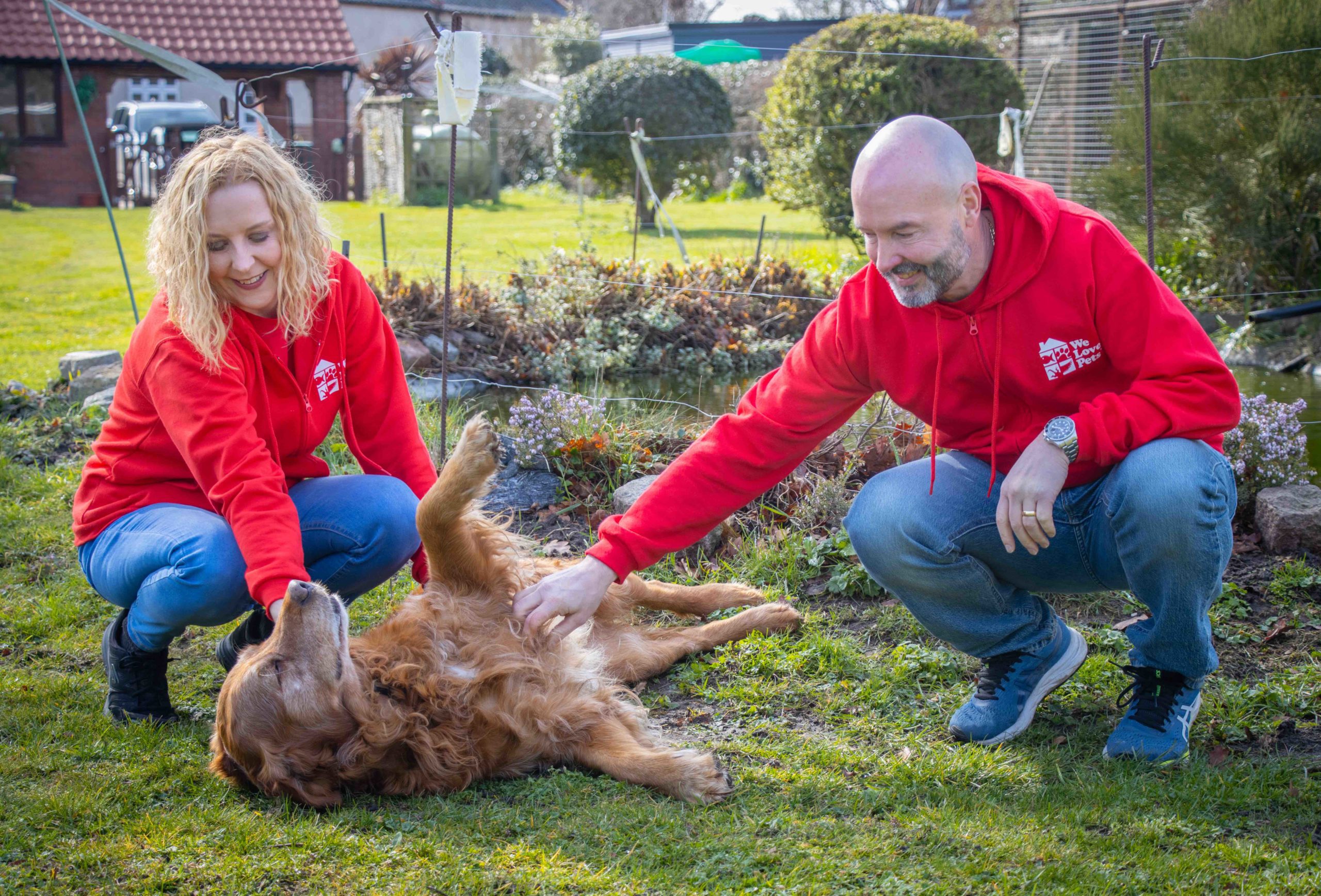February is National Cat Health Month, so what could be a better time to highlight our cats’ health than that?
There are so many causes of illness in cats, from eating something they shouldn’t to severe disease. It’s always a good idea to have a basic idea of what specific symptoms might be a sign of, and when a particular behaviour becomes a serious problem.
While it is beneficial for you to have an idea of what is wrong with your cat when they start showing signs of being ill, make sure that you still take them to the vet. Especially if your cat spends a lot of time outside, it can be very difficult to determine what has caused a problem. Your vet will be able to help and advise in your cat’s particular case.
Vomiting
There are numerous possible causes of vomiting in cats. Eating things they shouldn’t, infection, urinary tract disease, diabetes, and even hairballs. Symptoms of vomiting are usually obvious, but if your cat is excessively drooling, seeming lethargic or generally presenting themselves as unwell, it can be a sign of vomiting.
Usually, your cat’s body will dispel anything that’s making them feel poorly by vomiting, in cases of having eaten something, or hairballs. But more serious causes, such as infection, may cause more continuous vomiting.
Vomiting becomes an issue when it frequently occurs since your cat can become severely dehydrated by it. Contact your vet immediately if your cat is ill for more than a day and refuses to drink any water.
Diarrhoea
There are many causes of diarrhoea in cats, including spoiled food, intestinal parasites, infection, allergies, cancer, liver disease and more. Depending on its cause, diarrhoea can continue for a day, a week, a month even. It’s cause for concern if it lasts a long time, so keep an eye on the condition of your cat throughout the day.
Diarrhoea can dehydrate your cat, so make sure they have access to lots of fresh, clean water. Remove your cat’s food for no more than twelve hours to try and cease the diarrhoea.
If it occurs for more than a day, take your cat to the vet. Or if there is also vomiting, blood in the stool, a fever, lethargy, a loss of appetite, or your cat is straining, take them immediately. These are symptoms of more severe issues.
Try to have an idea of what might have caused the symptoms when you take them to the vet to help them diagnose the issue, even if your only knowledge is they have been outside for a while and might have eaten something.
Fleas
Fleas are an incredibly common health problem for cats, especially outdoor cats or cats that spend lots of time in fields and long grass. There are numerous signs of fleas in cats. Flea dirt on the skin (appearing like little black dots), continued scratching, frequent licking, red or irritated skin, hair loss, skin infections or hot spots. Cats are self-grooming animals, so grooming themselves more often and concentrating in specific places on their body is a sign that there is something bothering them.
Unfortunately, fleas can become a risk of anaemia if the problem persists, so make sure to treat it before it becomes an infestation. There are many flea treatments, from topical medication, oral medicine, shampoos and collars. It’s important to discuss flea treatment with your vet to find out which will be best for your particular pet, as not all treatments will work the same with all cats.
Tapeworms
Tapeworm is another common problem in cats that can develop from eating infected fleas or an infected animal. They develop in the small intestines and can grow to be up to two feet long. Tapeworms are segmented and usually break apart when expelled, so you won’t likely see the whole worm, just parts of them.
Signs of tapeworm can be vomiting, weight loss, and the expelled segments in fur, bedding, or poop. They can come out while your cat is sleeping or relaxed, so check their bedding and hair. Tapeworms appear as small white worms or what looks like grains of rice or sesame seeds. Weight loss as a result of tapeworm can become dangerous, so make sure that if you notice it, you seek treatment as quickly as possible.
Treatment of tapeworm is typically an oral deworming medicine, but it can also be injected by a vet. Talk to your vet if you suspect your cat might have tapeworm for medication and advice.
Eye Issues
There are a number of causes of eye problems in cats, and they have different severity and treatment. Conjunctivitis, corneal ulcers, cataracts, glaucoma, eye trauma, virus, infection, and retinal disease. Symptoms of eye problems might be watery eyes, tear-stained fur around the eyes, clouding pupils, red or white eyelid lining, gunk in the corners of eyes, squinting, pawing at the eye, or a visible third eyelid.
Even domesticated cats have chase and hunt instincts, and eye problems can affect that instinct. If pets can’t perform natural behaviours, they often become stressed and sad. Having eye problems can lead to stress, anxiety and depression in cats.
Even if you think you know what is causing your cat’s eye problems, such as cataracts and old age, you should still consult your vet. They can decipher whether the issue is a little more severe and might require medical attention or medication. Eye problems can be painful for your pet, so make sure to see your vet about them.
Feline Lower Urinary Tract Diseases (FLUTD)
It is estimated that as many as 3% of all cats have FLUTD. It is actually a group of feline diseases with multiple causes that affect the urinary tract. It often occurs in overweight cats since the ability to clean can affect the urinary tract and cats that eat dry food since it can alter the amount of water consumed by your cat. Stress and living in multi-cat households can also raise the likelihood of developing a FLUTD. Treatment will depend on the type of disease your cat has.
Drinking frequently, difficulty urinating, bloody urine, urinating in unusual places, crying when urinating, licking around the area frequently (licking is often a sign of pain), depression, dehydration, lack of appetite, and vomiting can all be signs of FLUTD.
Your cat being unable to urinate is always a serious sign of a problem, so make sure to visit your vet immediately.




